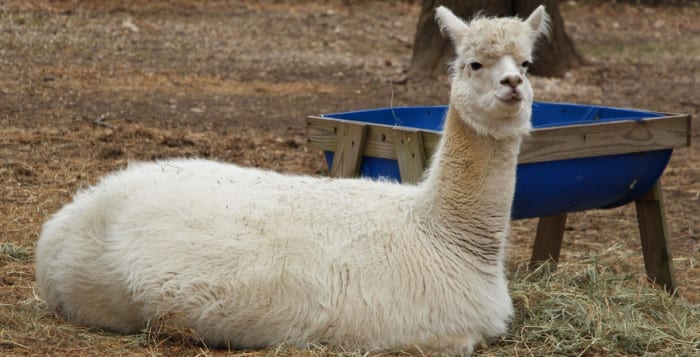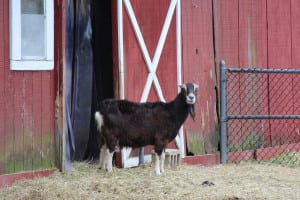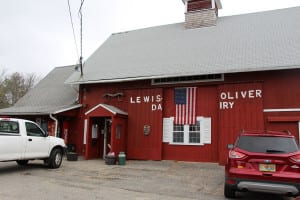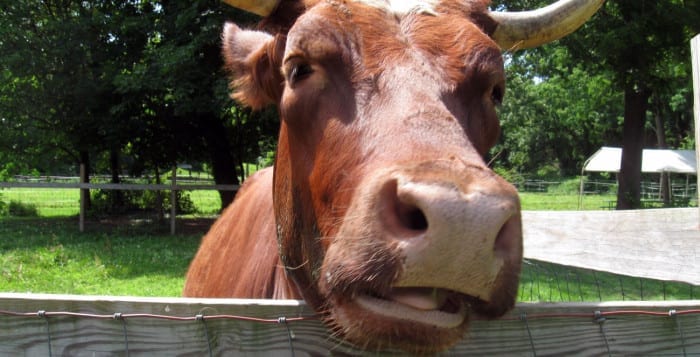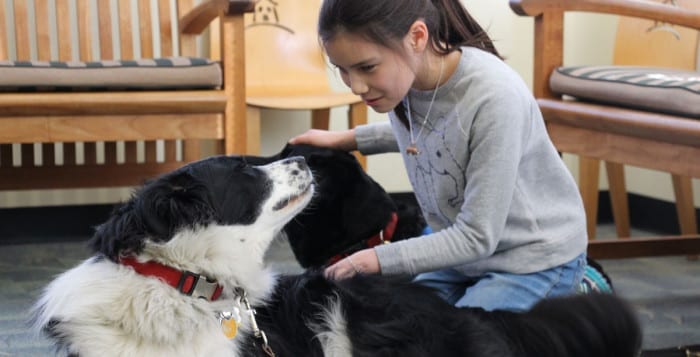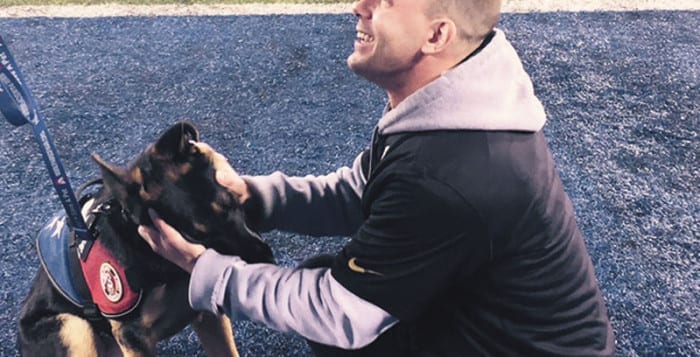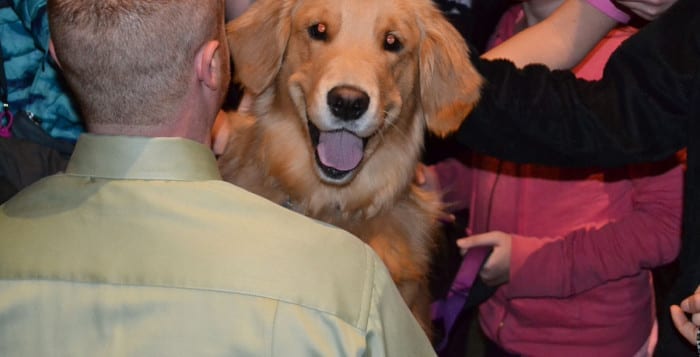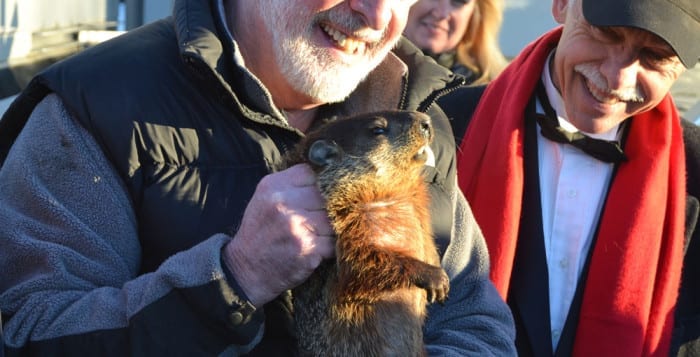By Kevin Redding

A lecture hall at Stony Brook University transported those in attendance back in time between the 17th and 19th centuries, when Long Island mariners left home for years of their lives, set sail into the deep, dark sea, and braved impossible odds in their voyage to hunt for whales.
“Long Island Whalers: Navigating a Changing World,” on April 15, was an all-day, open-to-the-public event that offered new and exciting research on an often-overlooked, hugely important part of Long Island’s heritage. So rather than read passages from “Moby Dick,” a panel of experts in varying fields of history and archaeology spoke at length about the more in-depth aspects of the whaling industry.
“This allows us to be on the front lines of sharing material, as it’s coming hot off the presses,” said Jennifer Anderson, an associate professor of Atlantic history at SBU and co-organizer of the event. “We live on this incredibly diverse island, from really urban and suburban areas to beautiful nature and agricultural history, and it’s easy to forget that there’s this really long human history of people making use of the maritime resources of Long Island — not just going to the beach, but actually deriving their livelihood from the waters surrounding us.”
With topics that ranged from the historical preservation of an important yet forgotten African American whaler named Pyrrhus Concer, and the role of race then and now, to the foreign and economic impact that came from sea travel, it wasn’t difficult to see the relevance this far-gone time has in 2016.
“This history is the basis of the modern Long Island society,” said speaker Frank Turano, who teaches Long Island environmental history at the college. “[We’re] built upon what happened in the past. That’s the key thing for people to understand; these are not just some quaint activities.”

Starting at 9 a.m. and ending around 6 p.m., the room was consistently full of people, all engaged in the presentations that followed. In particular, Robert T. Chase, a history professor in attendance, had a significant connection to the event’s subject matter, as a direct descendant of Owen Chase, First Mate aboard the Essex whaler. That ship’s wreckage by way of a behemoth sperm whale, and Owen Chase’s firsthand account of it, was the inspiration for Herman Melville’s “Moby Dick” and the subject of Nathaniel Philbrick’s bestseller “In the Heart of the Sea: The Tragedy of the Whaleship Essex.”
However, Robert Chase said he was more interested in the broader interracial movement going on at the time. According to him, people of color were central to the role in the industry, and often not talked about. “Sadly, they were the first to die because they were the least fed on the boat,” he said. “It’s really wonderful that this conference explores their history [further].”
In between panels, Stephen N. Sanfilippo sang the mid-1800s songs and recited the poetry of the Long Island whalemen. A teacher at Maine Maritime Academy, Sanfilippo’s been playing this music for 40 years. Rather than choose songs and poems about on-board debauchery and sea fights, he instead wanted to challenge the stereotypes surrounding the whalers. “I wanted to show that at least some whale men were mindful and sentimental,” Sanfilippo said. “I hope all of you will immerse yourselves in, what we have come to see as, the extraordinary lives that were, in their own time, the ordinary lives of ordinary Long Islanders.”


